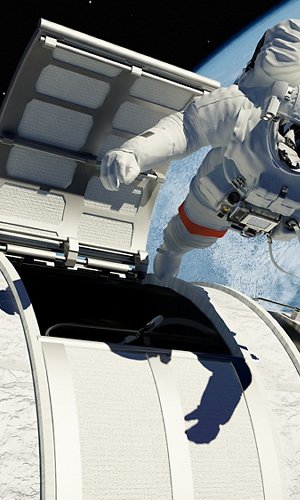The year 2022 will also be full of new space missions: from the Moon to Mars, to the moons of Jupiter, via the International Space Station, here are some of the projects that will take off in 2022!
Voice search
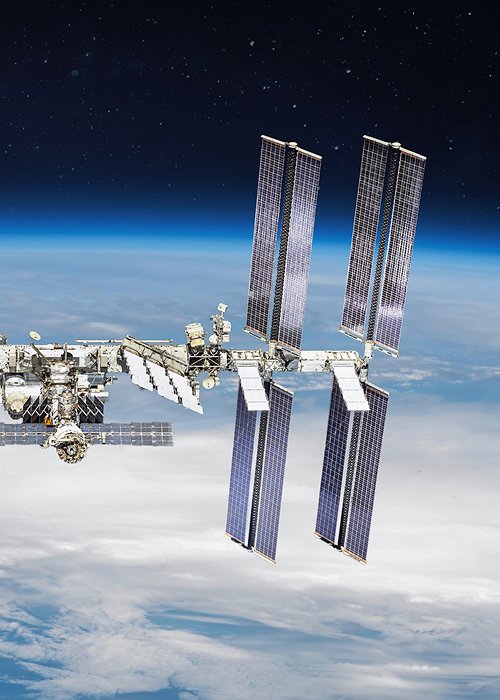
From the Moon to Jupiter via Mars: Space exploration in 2022
James Webb Space Telescope
On 25 December 2021, at 13:20 Italian time, the James Webb Space Telescope (JWST), the most powerful space observatory ever built, was launched from the Kourou spaceport in French Guiana. It is a joint operation between NASA, the European Space Agency (ESA) and the Canadian Space Agency. After one month, James Webb reached its observation point 1.5 million kilometres from Earth, more precisely at the second Lagrange point (L2), where the influence of the Earth, Moon and Sun are balanced.
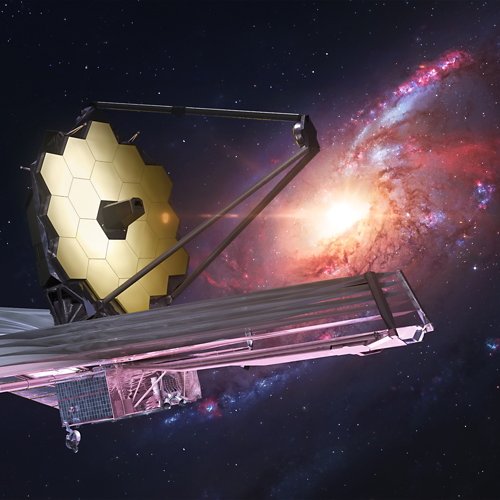
James Webb Space Telescope
The purpose of JWST will be to probe deep into the universe with an extraordinary capacity compared to the other great space telescope, Hubble. The telescope will start looking into distant space, in an attempt to shed light (by intercepting it) on one of the unsolved mysteries of modern astrophysics: understanding how and when the Milky Way and other galaxies were formed. Like a time machine, James Webb will try to observe the beginnings of the universe, the first galaxies, their evolution up to the accessible cosmos close to us and the extra-solar planets. Astronomers are hoping for just that: to see and study what was there just 150 million years after the birth of the Universe, a ‘moment’ we know nothing about, except from a theoretical point of view.
An interesting fact: James Webb is the largest space telescope ever launched into space. Its mirror has a diameter of 6.5 metres (Hubble’s is 2.4 metres), allowing it to collect much more light than Hubble and, in this way, to observe objects that were born shortly after the Big Bang. To observe these objects, the telescope will also probe in the infrared, because the light produced by these ancient stars has been “stretched” over time due to the fact that they are receding and today can only be discovered in the infrared, the optimal wavelength also for the study of extrasolar planets. To work in the infrared, however, the telescope will need to be very cold and so it will deploy a giant umbrella in space to protect itself from solar radiation.
Return to the Moon
The year 2022 will see an increase in traffic to the Moon. At least ten missions to the Earth’s satellite are expected to be launched during the year. Scheduled for March, the launch of Artemis 1, the inaugural chapter of NASA’s programme to bring the first woman and the next man to the lunar surface “no earlier than 2025”, has been postponed.
The mission will also be the maiden flight of the Space Launch System, the US heavy launcher that has been very complex to develop, repeatedly delayed and increasingly expensive. Artemis 1 will carry a dozen payloads, including the Argomoon minisatellite, built by Argotec of Turin, and lunar orbital probes for studying space weather. And a Japanese lander that will attempt the moon landing.
The test will involve the Space Launch System (SLS), the gigantic rocket as tall as a 30-storey building (98 metres) on which Orion, the transport capsule for deep space exploration, will be mounted. It will be an unmanned flight, in anticipation of the first astronaut landing on the Moon in 2025, a year later than initially planned. However, there are strong doubts whether everything can be achieved in such a short time.
More or less at the same time, Im-1 will depart on board a Falcon 9, with the Intuitive machines’ lunar lander and other instruments. It will be the first mission of the Commercial Lunar Payload Service, NASA’s initiative to encourage private individuals to provide solutions for extra-terrestrial exploration. In December, Im-2 will transport a lander that will try mining on the Moon for the first time, extracting ice with a small drill in the south pole area. As can be expected, competition will start to increase with traffic. In July, Luna 25, the first Russian mission since the 1970s, is scheduled to take off with a new lander. Korea will try launching an orbiting probe in August, while India will send Chandrayaan-3 in the summer, not only to land on the moon, but to explore it with a rover. The United Arab Emirates will also try to send a rover to the desolate Selenian lands in October: the robot will travel with the lander of the private Japanese company Ispace. The Japanese Space Agency, on the other hand, plans to send a lander, Slim.
Samantha Cristoforetti’s return to the ISS
Countdown to Samantha Cristoforetti’s Minerva mission. Inspired by the Roman goddess, its name also embodies the precision and strength required of astronauts in preparation for a space launch. The launch is scheduled for 20 April at 12:37pm Italian time aboard a Falcon 9 rocket and SpaceX’s Crew-4, which will depart from Launch Complex 39A at the Kennedy Space Center. For about six months, Cristoforetti will be busy carrying out new scientific experiments on the ISS, serving as mission specialist. In addition, once on board the station, the Italian astronaut will be the leader of the American segment of the ISS, i.e. responsible for all operations within the western part of the station.
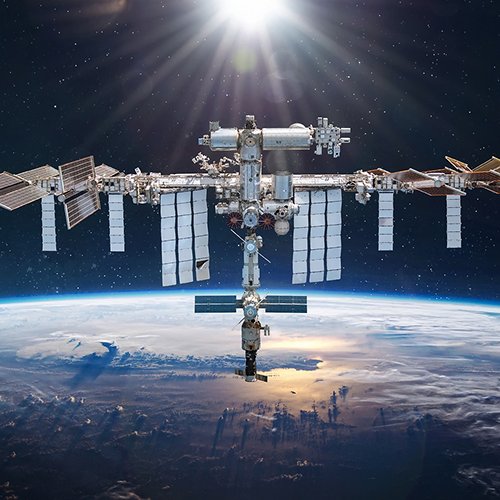
International space station in outer space
Italy will contribute to the Minerva mission through the Italian Space Agency by sending new scientific experiments covering different areas of medicine and nutrition and preparing the ground for future space exploration. Samantha Cristoforetti’s task will also be to supervise some experiments already on board the ISS and launched in 2019 by her colleague Luca Parmitano during the Beyond mission.
ExoMars2022 mission postponed
The ExoMars 2022 mission, scheduled to be launched in September, has been suspended due to the war between Russia and Ukraine. The war has, in fact, undermined the basis of the collaboration between the European Space Agency and the Russian space agency, Roscosmos, which was to have supplied the launcher (Proton-M) and the Kazachok lander. The confirmation came from the European Space Agency, which suspended (not cancelled) the mission to Mars in order to find solutions alternative to collaboration with Russia. It was not an easy decision, not least because rescheduling the mission will not be quick or cheap. A new launcher will have to be found to replace Proton-M and a lander will have to be built (and tested) to replace Kazachok. The mission will therefore be postponed until 2024. The aim of the ExoMars22 mission is to transport the ESA Rosalind Franklin rover to the Red Planet to search for traces of life below the surface of Mars. The rover was to drill into the soil of Mars to a depth of two metres and take samples for analysis in the laboratory inside its ‘belly’, looking for evidence of past or present life.
Juno and Jupiter’s moons
NASA’s Juno probe, launched in 2011, has been studying Jupiter since 2016, sending back spectacular images of the Solar System giant and its many moons (80 known so far). The Juno probe and its mission team have so far made discoveries regarding Jupiter’s internal structure, magnetic field and magnetosphere, and realised that its atmospheric dynamics are much more complex than scientists have thought to date.
At the end of September, it will make a close pass over Europa, one of the planet’s satellites. The data collected may offer new insights into the analysis of this satellite, which looks like a big snowball: its thick, icy surface covers a gigantic ocean that is estimated to contain twice as much water as the Earth’s oceans. Europa has been under scrutiny for some time and astronomers believe it is among the leading candidates for hosting life in our solar system, apart from Earth of course.
Extended until September 2025, or the end of its life (whichever comes first), the mission will not only continue key observations of Jupiter, but also expand its investigations into the much larger Jovian system with planned fly-bys and targeted, close-up observations of the moons Ganymede, Europa and Io.
Luxury cabins for space tourism!
Space Perspective has recently revealed images of its luxury lounges, which will be flown suspended from a hot-air balloon powered by hydrogen, derived from renewable sources rather than fossil fuels. The cost of a ticket is $125,000, very competitive with the average price of other space tourism flights, which is around $450,000. The first launches will take place from the Kennedy Space Center in Florida from the end of 2024.
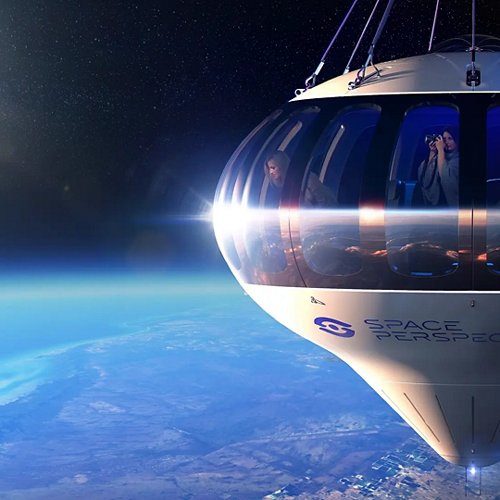
Credits: Space Perspective
Tickets provide a trip – lasting a minimum of two hours – which includes an outward journey and return with a splashdown in the ocean. Wi-Fi connectivity and a drinks bar complete the ‘Space Lounge’ inside the company’s Neptune capsule. However, the price does not include the thrill of zero gravity, as the balloon only rises to 30 kilometres above the Earth, much lower than its rivals Virgin Galactic, which climbs to just over 80 kilometres , or Blue Origin, which touches the Karman line, some 99.7 kilometres above sea level, the internationally recognised edge of space. Passengers will still be above 99% of the Earth’s atmosphere and will be able to see the blackness of space and the curvature of the Earth.
No preparation or training is required for travellers, who will experience the soft thrill of moving away from Earth at a cruising speed of 19 kilometres per hour, comfortably accommodated in lounges with 1.5-metre high windows, deep seats, in dark and purple tones and with soft lighting. An atmosphere that contrasts with the white, sanitised capsules of its competitors. So far more than 600 tickets have been sold and Space Perspective expects 25 flights in its first year, with all seats booked.
by Benedetta Palazzo




